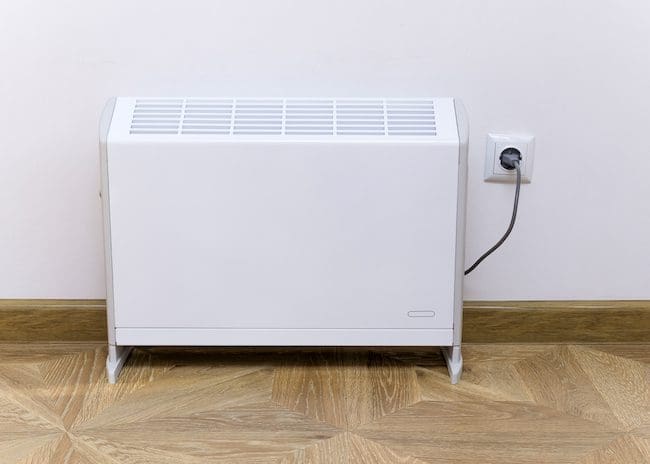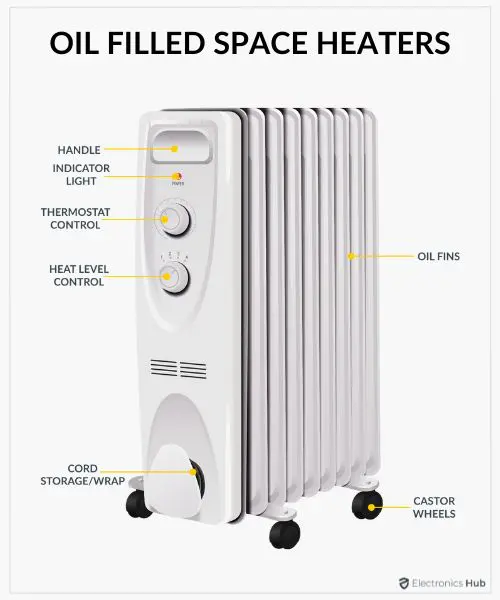9 Simple Techniques For 1 Source Portable Air
Wiki Article
What Does 1 Source Portable Air Mean?
Table of ContentsThe Ultimate Guide To 1 Source Portable Air10 Easy Facts About 1 Source Portable Air ShownThe smart Trick of 1 Source Portable Air That Nobody is DiscussingThe Only Guide for 1 Source Portable AirThe smart Trick of 1 Source Portable Air That Nobody is Talking About
Running expenses are based on an electricity cost of 40c/kWh. The costs for 3 months' use in winter season are based upon 500 hours use, or about 6 hours per day for three months. Maximum warm result is based upon the optimum electrical power of the designs we have actually checked (we concentrate on greater wattage heating systems).
On average, little fan heaters are less expensive to buy, yet can have greater running prices. Oil column heaters will be the most affordable on the market to run (on average) but only by a narrow margin in advance of convection heaters (like panel and micathermic panels).
1 Source Portable Air - Truths
If you have a relatively easy to fix ceiling follower, it'll assist disperse the warm around the space much more uniformly. The designs in our electric heating units test usually array in cost from well under $100 to over $900, yet we've located a greater cost does not constantly mean much better performance. A variety of pricey heaters have actually fallen short to thrill our testers, while some more affordable designs produce surprisingly great buys.As the name suggests, they emit warm from a red-hot heating element (so the family members will have to take turns sitting in front of it). Radiant heating units are relatively inexpensive.
Radiant heaters typically set you back between $20 and $200. Oil-filled column heating systems do not actually shed oil they make use of electricity to heat up the oil that's secured inside their columns or 'fins'.
1 Source Portable Air for Dummies
Some column heaters aren't also oil-filled but rather use other product or home heating innovation to work similarly - 1 Source Portable Air. The danger of fire with an oil column heating unit is reduced compared to other heater types, however never no. Oil heaters don't have actually revealed aspects like glowing find out heating systems do, and their surface temperature is less than lots of other heating system types (their huge surface makes up for it)Oil column heating units will not take off, and while they do not shed their oil to generate heat, it's still combustible, so there is a fire threat if the oil leaks, if the heating system topple and leaks, or if combustible things or material come into contact or drop on the heating unit. You must exercise the same level of caution with oil heaters when it comes to other heater kinds, and never hang towels or clothes over one to completely dry them utilize a drying shelf instead, at the very least one metre away.
Column heating units are particularly valuable in spaces where they'll be changed on for lengthy durations of time or where they'll operate unattended, such as overnight in a bedroom. The surface areas you're likely to discuss a column heater don't get as warm as other kinds of electric heaters. You can use a ceiling follower on very reduced speed to help the column heating system to disperse the heat quicker and much more equally.
Oil-filled column heating units typically set you back in between $50 and $450. Convection and panel heaters draw chilly air over an electrical home heating component.
What Does 1 Source Portable Air Mean?

Convection and panel heaters are extra mobile than their oil-filled column heating unit counterparts because they're considerably lighter. Like a column heater, you can make use of a ceiling fan on very reduced speed to disperse the warm faster and more equally.

The Ultimate Guide To 1 Source Portable Air
Follower heaters are often smaller and extra portable than various other electrical heating units. They also are available in the kind of tower fan heating units, which can be much better for distributing warm around bigger areas due to their taller account. They can warm the air in a room a lot more swiftly, evenly and swiftly than some various other heater types.Fan heating units (ceramic or otherwise) typically cost between $60 and $900. Ceramic fan heaters aren't necessarily any type of various in cost to non-ceramic versions.
Report this wiki page